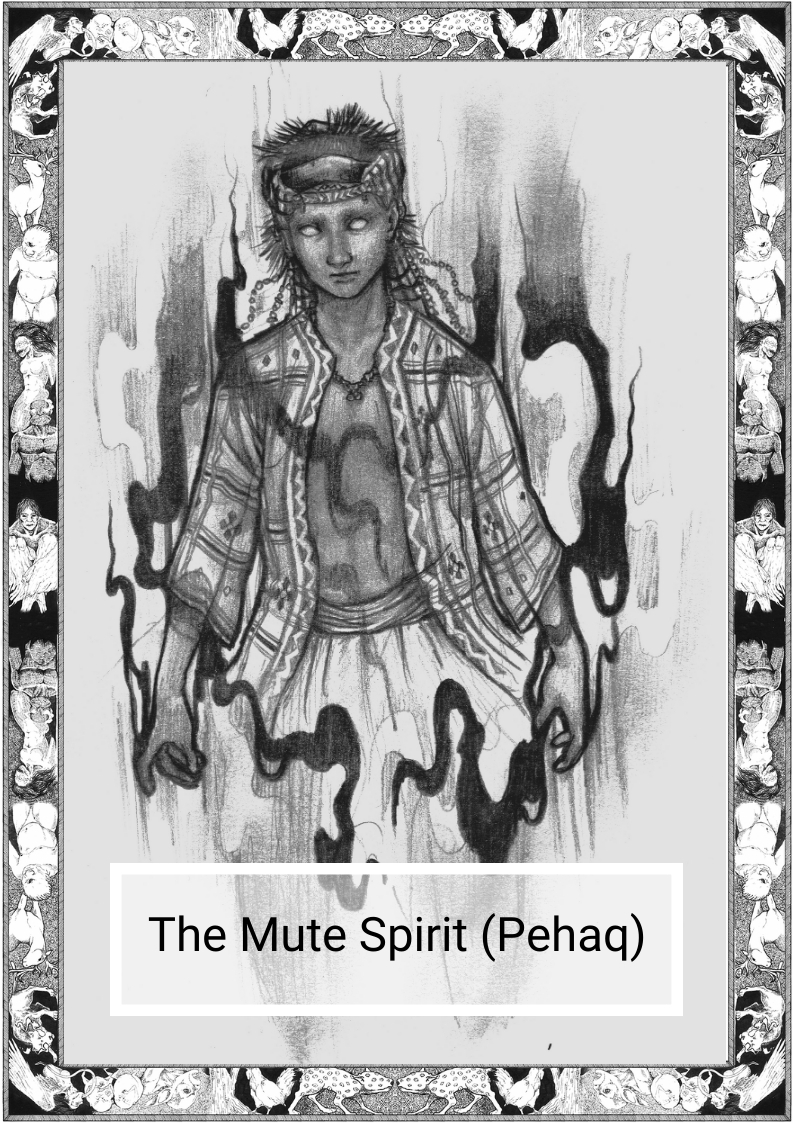
Categorizing spirits is a futile task. Each one has their own personality, their own rituals and their own rules. Trying to force some imagined grouping is arbitrary at best. But humans try to normalize the world of spirits and the world of earth into easily digestible parts.
One such attempt of this is to group the “Unbound” nature spirits or personal spirits – these can come in different names – “Abyan”, “Baylan” “Bantey” (Meaning ‘guide’ Bisaya-Cebuano) or even sugujen (Spirit companion). In other literature they are called “Spirit familiars”, “Spirit companions”, “Spirit guides”, “Guardian spirits” or “Detachable spirits”.
It is thought that some of these spirits were formerly bound to a certain place, but they had “befriended” humans.
These spirits are known to be helpful to the medium’s family, though that is not always true. They give reasons why one is sick, assist in looking for the lost, seeing the future or even “magically” make riches.
They are separated even further by classifying them into two types, those that entail spirit possession and those that don’t.
Those that possess human beings are “sociable” spirits that are offered different things based on their origins: Betel nut for spirits of the mountains, cigarettes for spirits of the coasts, animal sacrifice (Cooked without salt and spice for Manobo speaking/singing spirits and with salt and spices for coastal spirits and beverages).
They appear to people in human form though they have no eyebrows nor philtrum (A notch between the nose and upper lip). These spirits have names and are attired in Manobo costumes during seances. It is taboo to mention personal names of spirits in non-ritual conversations for fear of provoking the spirits.
Though it is also fascinating how the spirits can reflect the present.
Take for example the spirit from Manwali. (Also called The Mute Spirit, and Pehaq).
It resides in a place where coastal Visayan and inland Manobo people meet.
Yet it does not speak either language.
In the space where these groups cannot understand each other’s languages, the mute spirit demonstrates the circumstance.
When it possesses a medium, it expresses things that cannot be said in words.
The violent gestures.
The crude emotions.
Nothing lexical, though the tantrum of syllables conveys anger.
This, and other spirits cross the bridge between human society and the supernatural. Even if there are those that do not want to associate with the spirits have no choice. It is through the spirits that health, protection, and visions are found.
There are those that ask, “What good is a spirit you can’t understand?”
The mute spirit will not answer in words.
But close your eyes and dream.
And you will find your answers.
=————————————————————————————————-=
Written by Karl Gaverza
Copyright © Karl Gaverza
Inspired by the spirit descriptions in Buenconsejo, José Semblante. (2002). Songs and gifts at the frontier. New York: Routledge
The Mute Spirit (Pehaq)
Illustration by Abe Joncel Guevara
FB: https://www.facebook.com/profile.php?id=100008285862780
IG: @abe.art.ph
